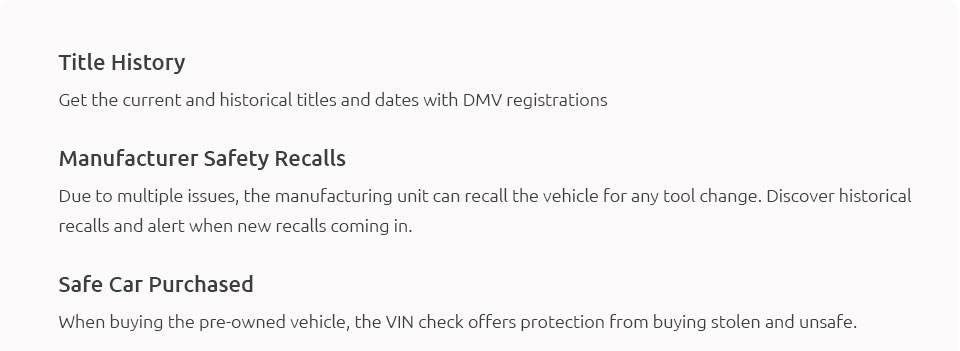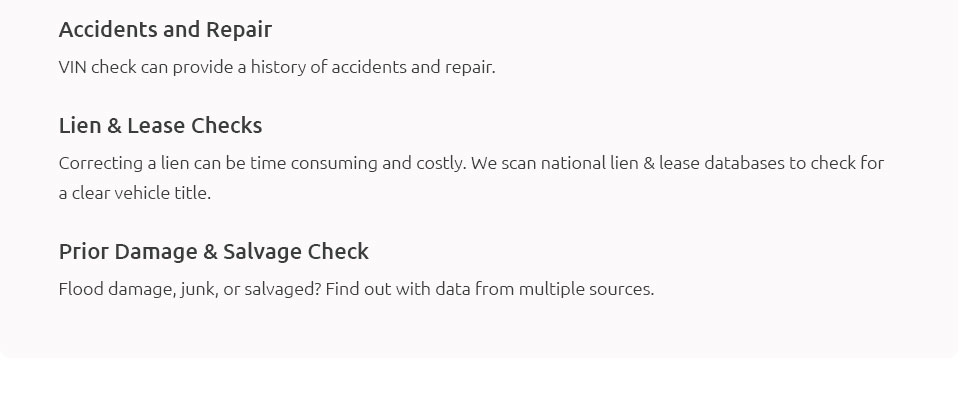 |
 |
 |
 |
 |
||
 |
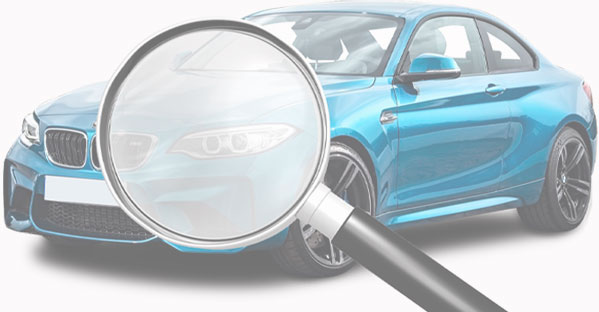 |
|
 |
 |
|
 |
 |
 |
 |
||
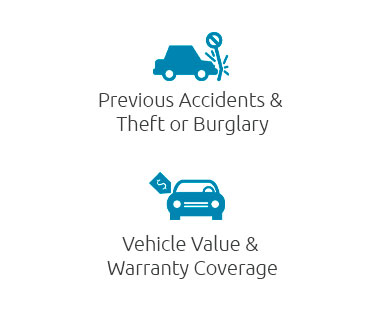 |
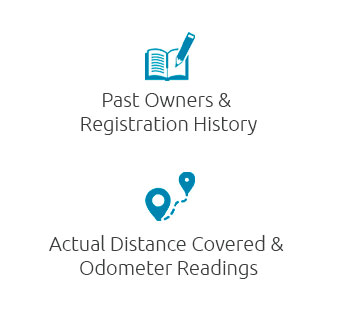 |
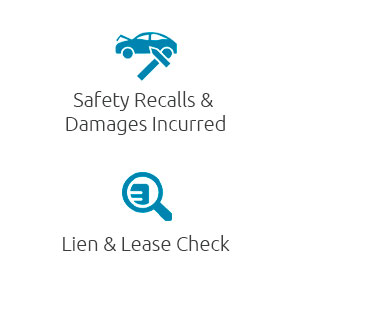 |
 |
 |
 |
||||
|
||||
 |
 |
Motorcycle Check: A Comprehensive Guide to Safety and MaintenanceThe thrill of riding a motorcycle is an unparalleled experience, offering a sense of freedom and connection to the open road that few other vehicles can match. However, this exhilarating journey requires a commitment to safety and regular maintenance, often encapsulated in the essential practice known as the 'motorcycle check.' Performing a thorough motorcycle check is not merely a recommendation; it is a vital responsibility for every rider. This process involves a meticulous examination of various components of the bike to ensure everything is in optimal working condition. Such diligence not only enhances the rider's safety but also prolongs the life of the motorcycle, ultimately contributing to a more enjoyable riding experience. Why is a Motorcycle Check Important? The importance of a motorcycle check cannot be overstated. Motorcycles, by their very design, offer less protection than cars, making riders more vulnerable to the elements and potential accidents. Therefore, ensuring that all parts are functioning correctly is crucial. A well-maintained motorcycle is less likely to encounter mechanical failures, which can be particularly dangerous when traveling at high speeds or on busy roads. Furthermore, a routine check helps identify minor issues before they escalate into significant problems. This proactive approach can save riders considerable time and money in the long run, as addressing small repairs is often more cost-effective than fixing extensive damage caused by neglect. The Essential Components of a Motorcycle Check A comprehensive motorcycle check should encompass several key areas:
Personal Touch: The Subtle Art of Motorcycle Maintenance While the technical aspects of a motorcycle check are undeniably important, there's an often-overlooked dimension to this practice: the personal connection between rider and machine. Engaging in regular maintenance fosters a deeper understanding of your motorcycle, allowing you to anticipate its needs and recognize its nuances. This bond enhances the riding experience, transforming it from a mere mode of transportation into a harmonious partnership between man and machine. In conclusion, the motorcycle check is an indispensable ritual for any rider. It is a testament to the rider's respect for their own safety and the longevity of their motorcycle. By dedicating time and attention to this practice, riders not only ensure their safety but also cultivate a deeper appreciation for the art of motorcycling itself. As the saying goes, 'Take care of your bike, and it will take care of you.' https://motoress.com/learn-to-ride/how-to-do-motorcycle-pre-ride-inspection/?srsltid=AfmBOoqP4qZOkWJpXAopvGgOJEPKw0k9cPrwW6RSwCIwepKIemijLyZg
The simplest and most comprehensive method for conducting a motorcycle pre-ride inspection is to walk around your motorcycle, visually and manually checking ... https://msf-usa.org/documents/library/t-clocs-pre-ride-inspection-checklist/
Mission: Motorcycle Safety Foundation is the country's leading safety ... https://www.warhorsecamphill.com/blog/a-step-by-step-guide-on-how-to-inspect-a-used-motorcycle--75908
Motorcycle Inspection Checklist - Examine the Overall Appearance - Check the VIN and Vehicle History - Inspect the Engine and Exhaust - Check the ...
|

